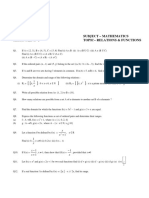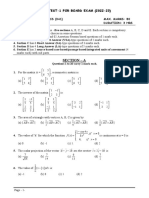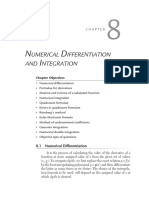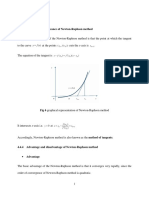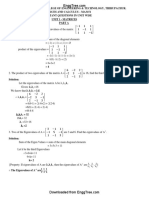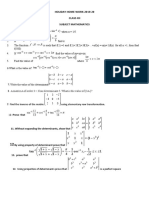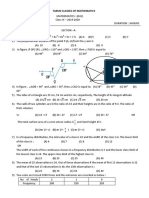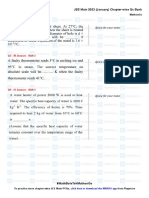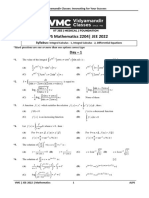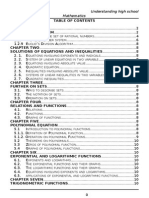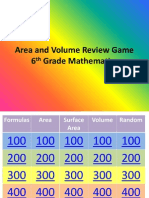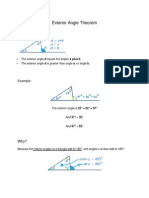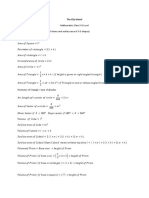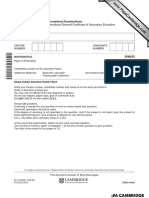0% found this document useful (0 votes)
529 views10 pagesRelation and Function, Matrix and Derivatives
This document contains problems involving matrices and inverse trigonometric functions. The first problem asks to represent survey data from three residential societies in matrix form. The remaining problems involve evaluating inverse trigonometric functions, solving inverse trigonometric equations, and proving trigonometric identities involving inverse trigonometric functions.
Uploaded by
Akhil TiwariCopyright
© © All Rights Reserved
We take content rights seriously. If you suspect this is your content, claim it here.
Available Formats
Download as DOCX, PDF, TXT or read online on Scribd
0% found this document useful (0 votes)
529 views10 pagesRelation and Function, Matrix and Derivatives
This document contains problems involving matrices and inverse trigonometric functions. The first problem asks to represent survey data from three residential societies in matrix form. The remaining problems involve evaluating inverse trigonometric functions, solving inverse trigonometric equations, and proving trigonometric identities involving inverse trigonometric functions.
Uploaded by
Akhil TiwariCopyright
© © All Rights Reserved
We take content rights seriously. If you suspect this is your content, claim it here.
Available Formats
Download as DOCX, PDF, TXT or read online on Scribd
/ 10




